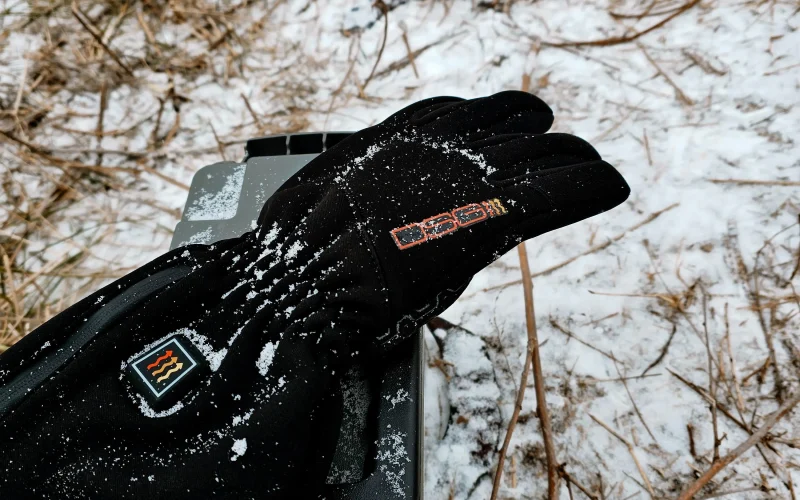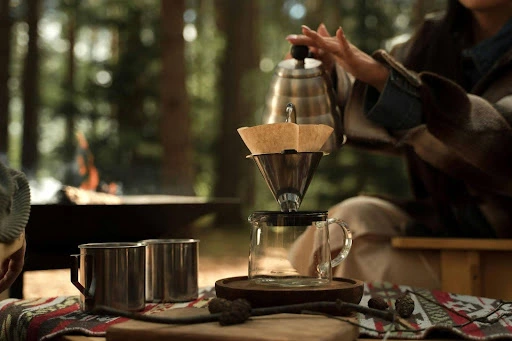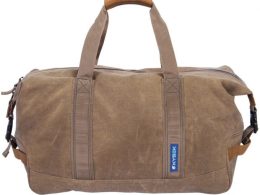You’ve crushed a tough hike, your boots are muddy, and the campfire’s crackling. You grab your cooler, ready to treat yourself to a crisp, cold drink… but nope. The ice is gone, and your drinks are lukewarm soup. That’s why a solid camping cooler is gold. It keeps your food fresh, your drinks icy, and your morale high when nature gets tough.
Unfortunately, no cooler solves all of the problems but with a little research and this guide, you can find one that takes care of all of your food-cooling needs while camping.
Table of Contents
Coolers Come in Different Types
There’s no one-size-fits-all cooler. Your choice depends on where you’re going and how you’re getting there. Here’s a high-level breakdown:
- Hard-Sided Coolers: These are the most common type of coolers you’ll see on camping trips. They can hold a lot of ice, food, and drinks. These are great for car camping or trips by boat but otherwise not very practical.
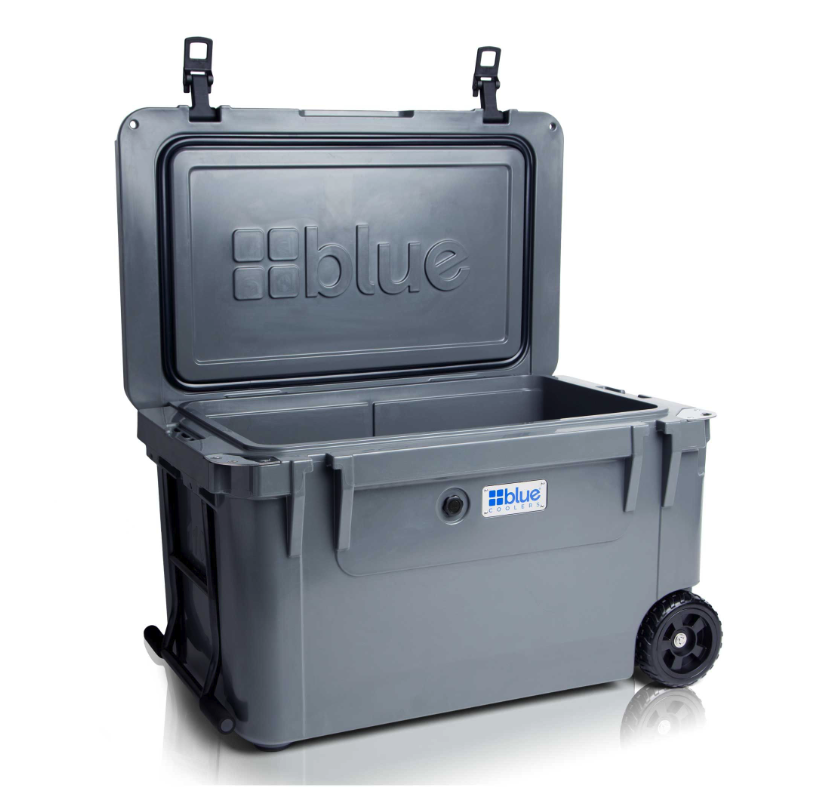
- Soft-Sided Coolers: Lightweight and flexible. They slide easily into small spaces and are great for day hikes or picnics. They generally don’t hold as much as a hard-sided cooler can and don’t retain the cold temperatures as long either. But they work in a pinch for shorter camping trips.
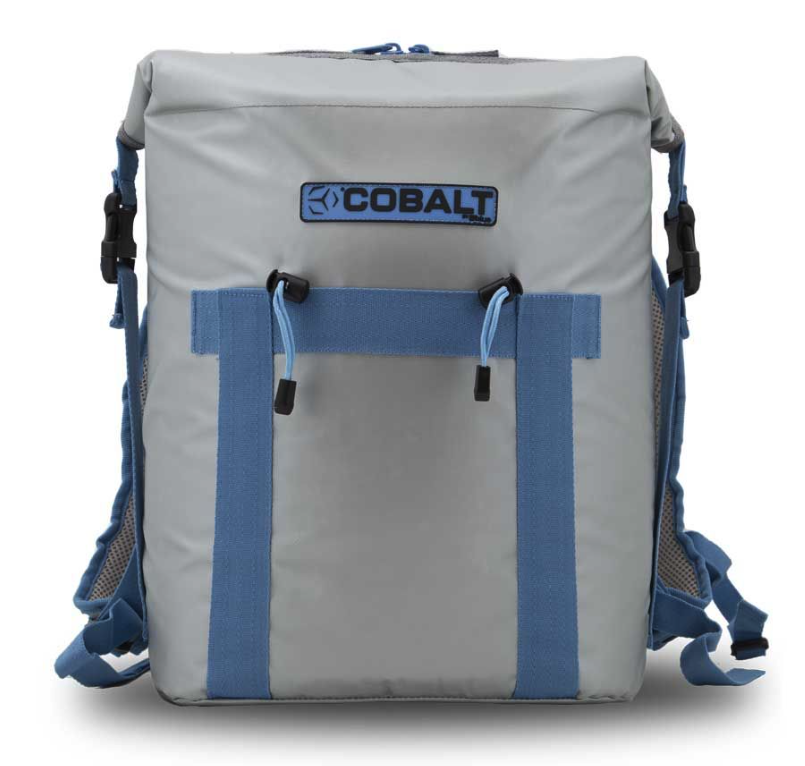
- Electric Coolers: Great for road trips if you’ve got a power source. However, as soon as you don’t have power then it becomes a storage chest instead of a cooler. If you partner these with portable solar generators, like those from Bluetti, then you effectively have a fridge with you.
Insulation and Ice Retention Performance
Here’s where your cooler earns its keep. Good insulation means your snacks stay fresh, your drinks stay cold, and you get to avoid beef jerky sandwiches on Day 3. Look for heavy-duty foam or vacuum-insulated walls to keep the cold locked in. Some high-end models can keep ice frozen for a week.
If you want to get the most from your cooler’s performance:
- Pre-chill it with ice packs. Think of it as warming up (or, uh, cooling down) for the job.
- Use block ice instead of cubes; it lasts longer.
- Don’t treat your cooler like a fridge door. Decide what you’re grabbing before you open it so you’re not letting all the cold escape.
An important feature to look for is a drain plug to help remove the meltwater from the cooler. If you don’t have one then you will either have to empty the cooler or hold the cooler upside down while holding the lid closed to try and keep everything inside as it drains.
Durability Matters (Rocky Trails Don’t Care About Your Gear)
Adventures can be rough. Your cooler needs to handle dirt roads, sunshine, and maybe even a curious bear or two. Look for these features:
- Rotomolded construction. Built tough, won’t dent.
- UV-resistant materials. Because the sun doesn’t take days off.
- Strong latches and hinges that won’t give up after one rough trip.
If you’re camping in bear country, consider getting an IGBC-certified cooler to keep your snacks safe.
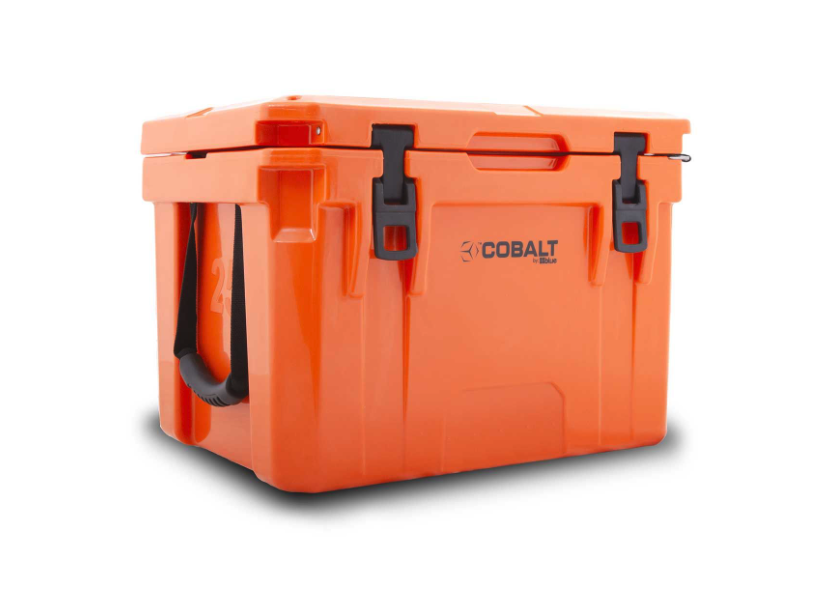
The Great Portability Debate
The big question here is: How far do you have to carry the thing? For car camping, wheels, and telescoping handles are like a cooler’s version of a red carpet walk. But for hiking, lightweight, soft-sided options with padded straps are a feasible option.
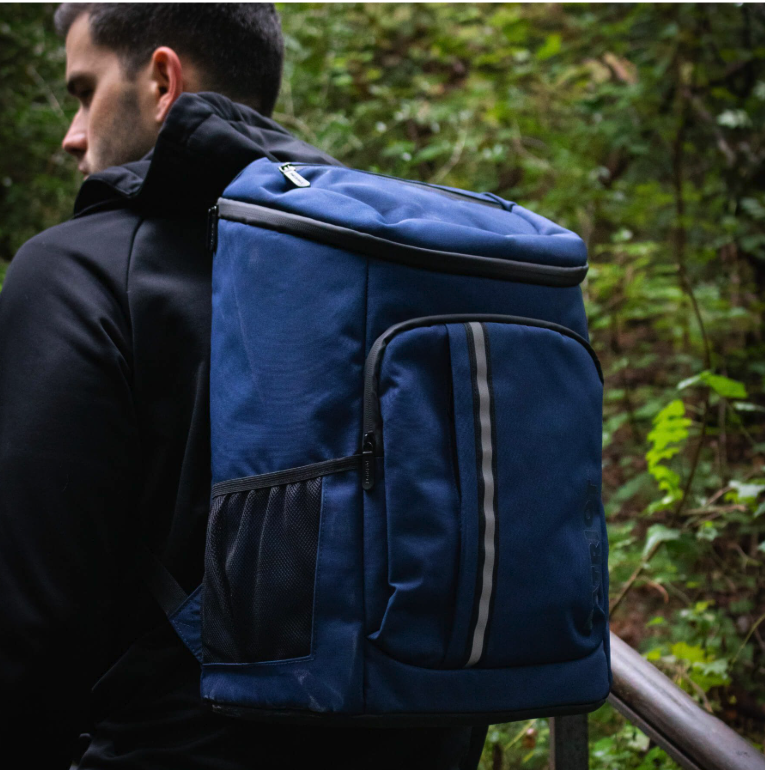
Don’t lug around a cooler that’s way too big for your needs. For a solo or duo weekend campout, a 20-30-quart cooler does the job—that’s about 15-20 cans with room for ice. Bigger crew or a longer trip? You’ll probably want something in the 50-70 quart range.
Dragging a clunky cooler through gravel paths or carrying a nimble one that moves with you? One is an unnecessary workout; the other is an invitation to enjoy the hike. Think about the terrain and distance when picking your cooler’s portability.
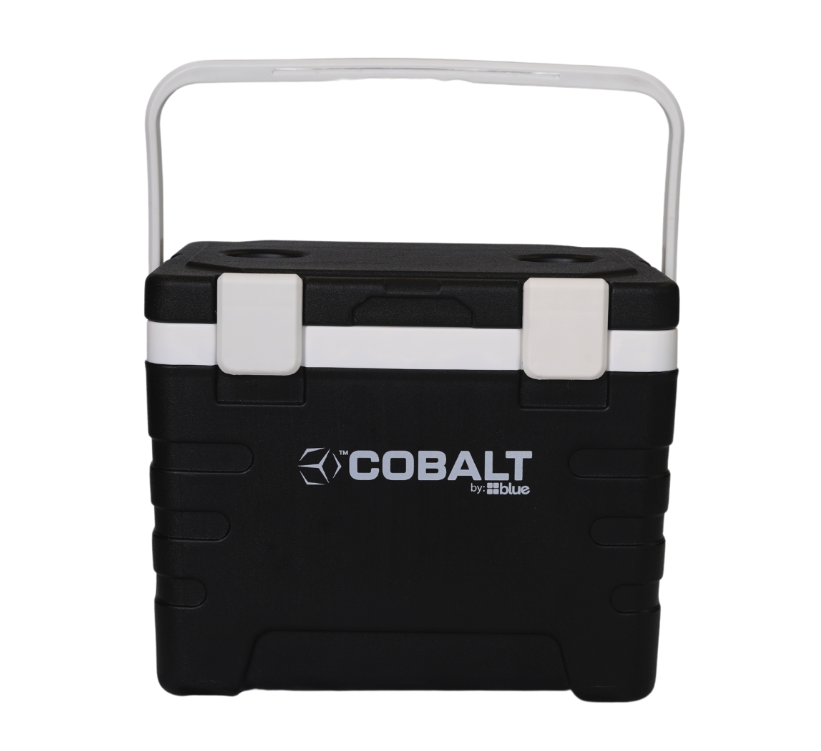
Final Thoughts
The right cooler keeps your food fresh, your drinks cold, and your spirits high, even when the trail gets tough. Whether you’re packing light for a day hike or gearing up for a family camping trip, there’s a cooler out there that fits both your needs and your style of adventure.
From choosing between hard-sided durability, soft-sided flexibility, or electric convenience, to understanding insulation tricks and prioritizing portability, every detail matters. Think about your destination, how you’ll get there, and what you’ll need to keep the adventure stress-free.


